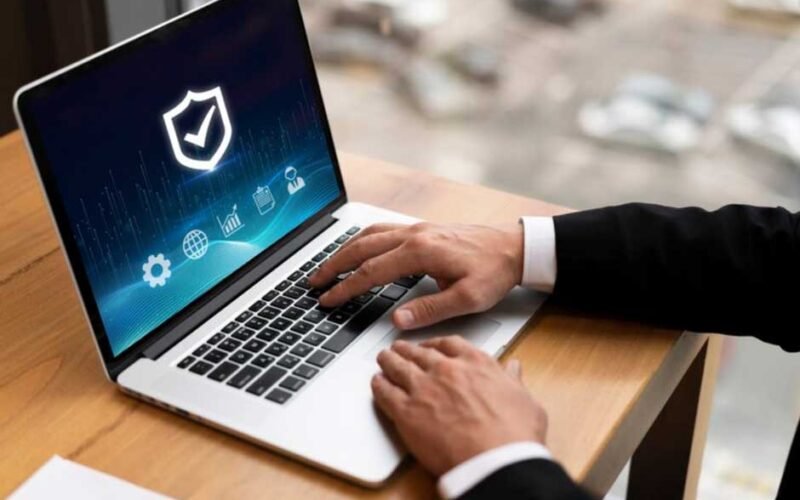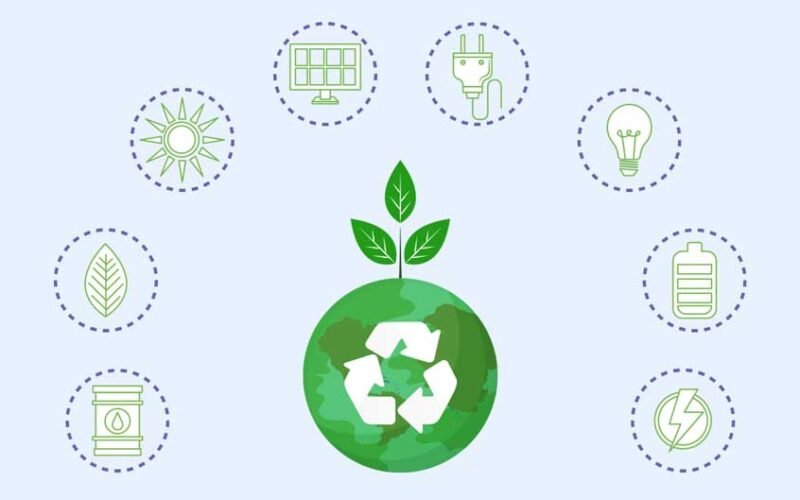Experts predict that cybercrime will cost $10.5 trillion a year by 2025. This data highlights the need for strong protection in products and systems.
As digital risks are rising, having products with solid encryption plays a key role.
With secure products, malware, unauthorized entry, and cyber spying can all be avoided, making consumers and regulators trust electronic devices more. Stronger rules and tougher threats worldwide push people to look for compliant and certified items.
This guide details achieving product security and encryption certification in 2025, which is vital for market access and showing data safety commitment.
What Security And Encryption Certificates Mean
Having Product Security and Encryption Certification proves the product complies with high data protection and secure rules from international or local regions.
Encryption ensures that data remains private and secure by preventing unauthorized access. They act as proof that a person’s skills are up to par:
- Regulatory Compliance with important security rules given by the government and industry in your chosen regions.
- Robustness of Security:How successful the encryption is and how secure the product is.
- Secure Design: Following security principles before, during, and after product development.
To attain protection profiles, you should pay attention to cryptographic verification, key management, vulnerability checks, and the product’s security architecture.
Steps To Get Your Security And Encryption Certificate In 2025
Step 1: Understand Target Market Regulations

You should thoroughly investigate your markets’ regulatory requirements before releasing products with security and encryption.
The European Union, USA, China, India, Brazil, and other similar groups have their own, sometimes complicated, standards, like FIPS, Common Criteria, GDPR, and rules for the trade of cryptographic products.
Manufacturers must list all necessary certificates, specific encryption techniques, key lengths, and any restrictions from their country. Failing to notice them might result in your company being kept out of the market or punished by the law.
Seeking advice from global market access specialists in security and encryption can make it much easier to follow the rules and avoid expensive changes to your product later on.
Step 2: Design for Compliance and Security
Ensure security and encryption are part of the design process from the outset – add them at the beginning of designing your product.
It means choosing reliably used cryptographic methods (for example, AES, RSA) and safe protocols (including TLS and IPsec) suitable for your business’s market and the kind of threats you face.
Follow secure development methods (such as those described by OWASP), create and manage keys with an eye for security and verification, and think about tamper-proofing hardware for components that need physical protection.
Designing with security in mind from the beginning helps certification run smoothly and enables the product to handle advanced cyber threats and maintain trust. Record all approaches to security, all sustainable system features, and all protective plans, since the information is essential for the security process.
Step 3: Engage with Accredited Labs and Prepare Documentation

Only use laboratories acknowledged by the official certification bodies where you will sell. These labs will perform the tests and evaluations required by standards.
At the same time, start building a technical file with all essential information.
Major topics in the critical dossier are:
- Comprehensive descriptions of hardware
- Software, firmware, architectural drawings
- Security design specifications
- Related schematics
- Details on cryptography
- Key management plans
- User manuals for secure use
A successful and efficient evaluation relies on sound, well-organized documentation. Getting in touch with selected labs early on gives you important insights into how they will conduct tests, complete them by the deadline, and future ways to adjust your product or documentation.
Step 4: The Certification Process and Testing
Submit your product and documentation for formal evaluation. The process, varying by scheme, generally involves:
- Documentation Review:Assessing your technical file for completeness and compliance.
- Product Testing:Lab tests verifying security functions, crypto implementations, and vulnerability resistance. It may include penetration testing.
- Reporting and Evaluation:The lab provides a test report, which the certification body reviews.
Address any non-conformities by providing information or product modifications.
Step 5: Maintain Certification and Manage Updates
Certification isn’t a one-time event. Most security certifications need periodic surveillance or recertification, especially if the product changes significantly (hardware, software, encryption).
Establish processes to monitor evolving regulations. Plan recertification to ensure continuous market access. Product updates affecting security may require reassessment, so maintain communication with your certification body.
Going Global: Product Certification for Market Access
A product certificate is key for manufacturers who wish to import or export radio and communications devices that use encryption worldwide. How data is secured depends greatly on each country’s regulations. Certain countries need written permission before they can import or sell encryption technologies.
Product certification packages usually feature technical files, intensive testing data, and clear explanations of security algorithms.
Such certifications are essential for companies hoping to export legally, gain customer confidence, and avoid problems with penalties or delays. Many organizations work with compliance experts to handle multiple jurisdictions’ tough and diverse rules.
Final Thoughts
Handling security and encryption certification for your products includes researching worldwide rules, setting them for compliance, extensively testing, and staying alert. Having these certifications does more than meet regulations.
It ensures your product is secure and increases trust from clients worldwide. Since rules and dangers on the web constantly shift, having certified security will help you thrive and safeguard your users.










